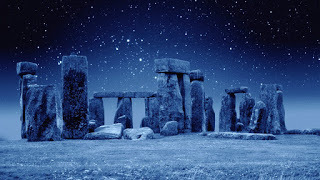MaryAnn Bernal's Blog, page 128
December 25, 2015
Merry Christmas 2015
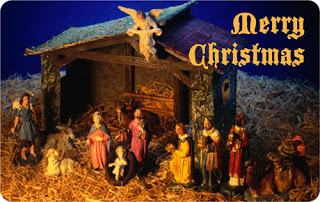
Wishing everyone a very Merry Christmas
I am grateful for your support and interest in my work.
God bless.
Mary Ann Bernal
Published on December 25, 2015 03:30
History Trivia - St. Francis of Assisi assembles the first Nativity scene
December 25
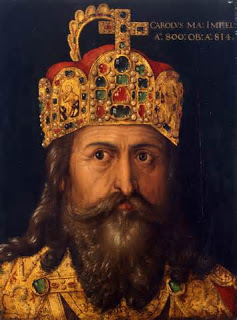
800 Charlemagne, King of the Franks, was crowned the first Holy Roman Emperor by Pope Leo III in Rome.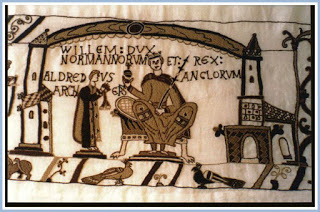
1066 William the Conqueror was crowned king of England, at Westminster Abbey, London.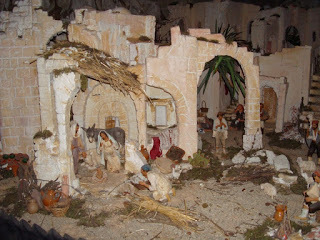
1223 St. Francis of Assisi assembled the first Nativity scene.

800 Charlemagne, King of the Franks, was crowned the first Holy Roman Emperor by Pope Leo III in Rome.

1066 William the Conqueror was crowned king of England, at Westminster Abbey, London.

1223 St. Francis of Assisi assembled the first Nativity scene.
Published on December 25, 2015 01:30
December 24, 2015
History Trivia - Thomas Wolsey appointed English Lord Chancellor
December 24
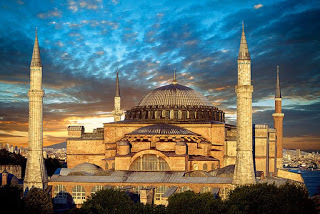
563 The Byzantine church Hagia Sophia in Constantinople was dedicated for the second time after being destroyed by earthquakes.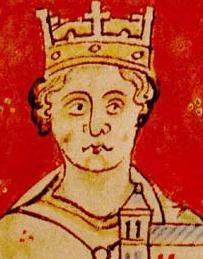
1167 King John I of England was born. The youngest son of King Henry II, John lacked the trust of his barons and was maneuvered into signing the Magna Carta.
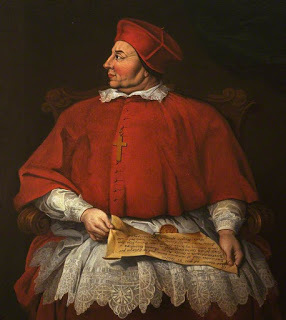
1515 Thomas Wolsey was appointed English Lord Chancellor.

563 The Byzantine church Hagia Sophia in Constantinople was dedicated for the second time after being destroyed by earthquakes.

1167 King John I of England was born. The youngest son of King Henry II, John lacked the trust of his barons and was maneuvered into signing the Magna Carta.

1515 Thomas Wolsey was appointed English Lord Chancellor.
Published on December 24, 2015 01:30
December 23, 2015
History Trivia - St. Ivo of Chartres dies
December 23
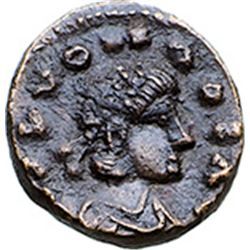
484 Huneric died and was succeeded by his nephew Gunthamund, who became king of the Vandals. During his reign the Catholics were freed from persecutions.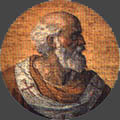
619 Boniface V became Roman Catholic pope.
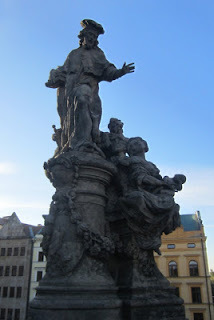
1116 St. Ivo of Chartres died. He was one of the most notable bishops of France at the time of the Investiture struggles and the most important canonist before Gratian. Gratian was a legal scholar and the founder of the science of canon law, which is the body of law based on the legislation of the councils (both ecumenical and local) and the popes, as well as the bishops (for diocesan matters) in the Roman Catholic Church

484 Huneric died and was succeeded by his nephew Gunthamund, who became king of the Vandals. During his reign the Catholics were freed from persecutions.

619 Boniface V became Roman Catholic pope.

1116 St. Ivo of Chartres died. He was one of the most notable bishops of France at the time of the Investiture struggles and the most important canonist before Gratian. Gratian was a legal scholar and the founder of the science of canon law, which is the body of law based on the legislation of the councils (both ecumenical and local) and the popes, as well as the bishops (for diocesan matters) in the Roman Catholic Church
Published on December 23, 2015 02:30
December 22, 2015
Winter Solstice December 22, 2015
Published on December 22, 2015 03:30
History Trivia - Dominican order formally sanctioned
December 22
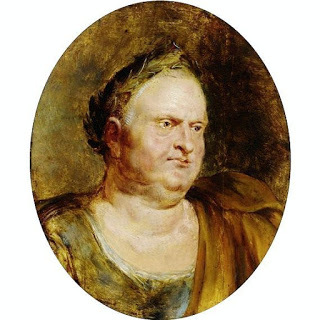
69 Roman Emperor Vitellius was killed in a street battle in Rome by soldiers of Vespasian, who succeeded Vitellius as emperor.
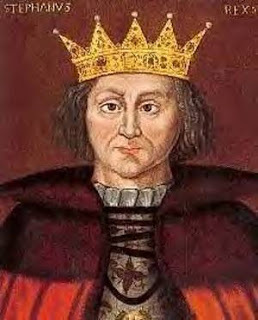
1135 Norman nobles recognize Stefanus van Blois (Stephen, grandson of William the Conqueror) as English king. His reign was plagued with civil war with his cousin the Empress Matilda whose son Henry II succeeded him upon his death.
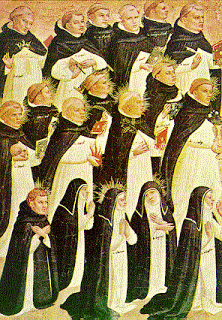
1216 the Dominican order was formally sanctioned. Founded by St. Dominic, the Dominican order of mendicant friars emphasized scholarship as well as preaching. The organization received official sanction from Pope Honorius III

69 Roman Emperor Vitellius was killed in a street battle in Rome by soldiers of Vespasian, who succeeded Vitellius as emperor.

1135 Norman nobles recognize Stefanus van Blois (Stephen, grandson of William the Conqueror) as English king. His reign was plagued with civil war with his cousin the Empress Matilda whose son Henry II succeeded him upon his death.

1216 the Dominican order was formally sanctioned. Founded by St. Dominic, the Dominican order of mendicant friars emphasized scholarship as well as preaching. The organization received official sanction from Pope Honorius III
Published on December 22, 2015 02:00
December 21, 2015
History Trivia - Roman Empire - Year of the four emperors
December 21
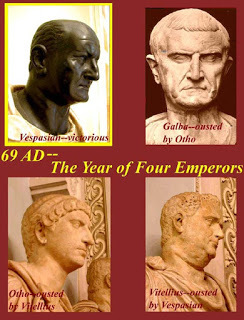
69 the end of the Year of the four emperors: Following Galba, Otho and Vitellius, Vespasian became the fourth Emperor of Rome within a year.
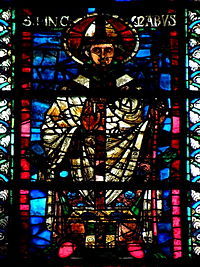
882 Hincmar of Reims died. As archbishop of Reims, Hincmar was one of the most influential political and ecclesiastical figures of Carolingian Europe.
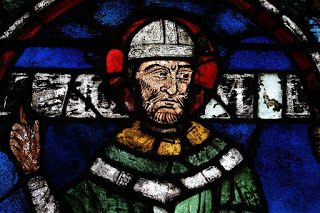
1118 Thomas A. Becket was born.

69 the end of the Year of the four emperors: Following Galba, Otho and Vitellius, Vespasian became the fourth Emperor of Rome within a year.

882 Hincmar of Reims died. As archbishop of Reims, Hincmar was one of the most influential political and ecclesiastical figures of Carolingian Europe.

1118 Thomas A. Becket was born.
Published on December 21, 2015 02:00
December 20, 2015
History Trivia -Knights of Rhodes surrender to Suleiman the Magnificent
December 20
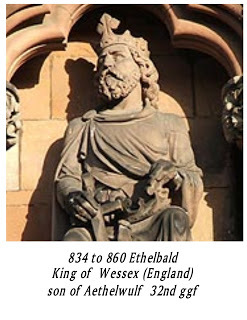 860 King Ethelbald of Wessex died
860 King Ethelbald of Wessex died
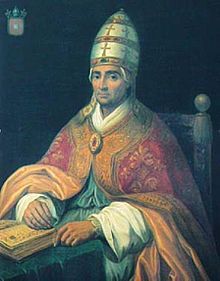
1334 Benedict XII was elected pope. The third pope to reside at Avignon, Benedict attempted to reform the church and its religious orders. His pontificate saw the beginning of the Hundred Years' War.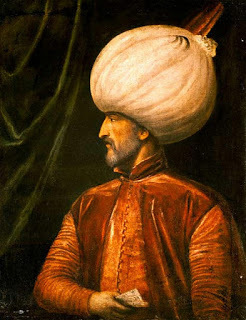
1522 Suleiman the Magnificent accepted the surrender of the surviving Knights of Rhodes, who were allowed to evacuate. They eventually settled on Malta and became known as the Knights of Malta.
 860 King Ethelbald of Wessex died
860 King Ethelbald of Wessex died 
1334 Benedict XII was elected pope. The third pope to reside at Avignon, Benedict attempted to reform the church and its religious orders. His pontificate saw the beginning of the Hundred Years' War.

1522 Suleiman the Magnificent accepted the surrender of the surviving Knights of Rhodes, who were allowed to evacuate. They eventually settled on Malta and became known as the Knights of Malta.
Published on December 20, 2015 02:00
December 19, 2015
History Trivia - Edith of Wessex dies
December 19
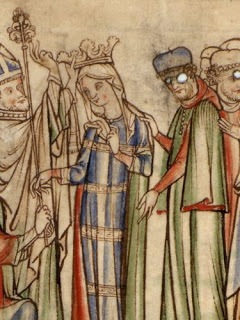
1075 - Edith of Wessex, wife of Edward the Confessor of England, died.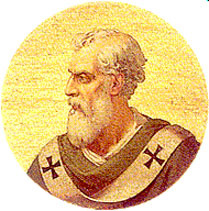
1187 Clement III became Pope. The fall of Jerusalem to Saladin in the Third Crusade occurred during his pontificate.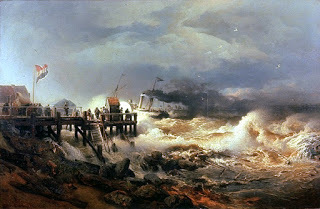
1551 The Dutch west coast was hit by a hurricane.

1075 - Edith of Wessex, wife of Edward the Confessor of England, died.

1187 Clement III became Pope. The fall of Jerusalem to Saladin in the Third Crusade occurred during his pontificate.

1551 The Dutch west coast was hit by a hurricane.
Published on December 19, 2015 02:00
December 18, 2015
Backyard Bonanza: Medieval Outhouses and Roman Roads Unearthed
Live Science
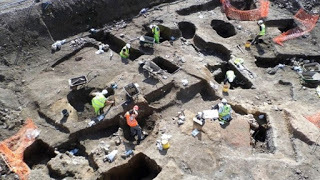
Archaeologists excavate large areas of medieval and post-medieval pitting in the backyards of properties running along Southgates.
Credit: University of Leicester
Backyards haven't changed much over the past 1,000 years or so, new archaeological findings suggest. Rubbish pits, storage areas, outhouses, wells and short walls to keep the neighbors at bay are a few of the things that archaeologists in England recently unearthed while digging beneath an old bus depot in the city of Leicester. Dating back to the 12th through 16th centuries, these artifacts were found in what was once an area of densely packed houses and shops, according to archaeologists from the University of Leicester Archaeological Services (ULAS).
areas, outhouses, wells and short walls to keep the neighbors at bay are a few of the things that archaeologists in England recently unearthed while digging beneath an old bus depot in the city of Leicester. Dating back to the 12th through 16th centuries, these artifacts were found in what was once an area of densely packed houses and shops, according to archaeologists from the University of Leicester Archaeological Services (ULAS).
And beneath the garden walls (and the rubbish) the archaeologists found the remains of another, more ancient cityscape. The backyards covered up the place where two second-century Roman roads once intersected. Arched gravel surfaces cover the roads, and drainage gullies, as well as the remnants of stone and timber buildings, line either side of the ancient thoroughfares. [See Photos of the Medieval Backyards and Artifacts in Leicester]
"These excavations will provide important new insights into the character of the settlement and the inhabitants living in the southern half of the Roman and medieval town," John Thomas, one of the ULAS archaeologists who led the dig, said in a statement.
The area that Thomas and his team recently excavated lies in Leicester's "historic core," where other significant Roman and medieval sites have also been unearthed. Just down the road there's a Roman forum, or plaza, and public baths. And in 2012, archaeologists uncovered the remains of King Richard III at the nearby site of GreyFriars, a medieval Franciscan friary.
recently excavated lies in Leicester's "historic core," where other significant Roman and medieval sites have also been unearthed. Just down the road there's a Roman forum, or plaza, and public baths. And in 2012, archaeologists uncovered the remains of King Richard III at the nearby site of GreyFriars, a medieval Franciscan friary.
Some of the Roman artifacts discovered beneath Leicester's old bus depot were in poor repair, but many ancient treasures remained intact. The archaeologists uncovered a stretch of mosaic pavement and a piece of painted plaster wall. They found smaller items as well, including coins, fine tableware, a copper spoon, game counters, bone hairpins and other pieces of jewelry.
counters, bone hairpins and other pieces of jewelry.
"This part of Roman Leicester is very poorly understood because there has been little previous archaeological investigation in the vicinity. One of the Roman streets found on the site has never been seen before in Leicester and isn't on any of our plans of the Roman city, said ULAS archaeologist Mathew Morris. "This is a significant find and raises exciting new questions about the layout of the early Roman town and how it evolved through the Roman period."
Morris and Thomas are part of an archaeological team tasked with investigating this historically rich section of Leicester before the start of a new construction project in the area.
section of Leicester before the start of a new construction project in the area.
by Elizabeth Palermo

Archaeologists excavate large areas of medieval and post-medieval pitting in the backyards of properties running along Southgates.
Credit: University of Leicester
Backyards haven't changed much over the past 1,000 years or so, new archaeological findings suggest. Rubbish pits, storage
 areas, outhouses, wells and short walls to keep the neighbors at bay are a few of the things that archaeologists in England recently unearthed while digging beneath an old bus depot in the city of Leicester. Dating back to the 12th through 16th centuries, these artifacts were found in what was once an area of densely packed houses and shops, according to archaeologists from the University of Leicester Archaeological Services (ULAS).
areas, outhouses, wells and short walls to keep the neighbors at bay are a few of the things that archaeologists in England recently unearthed while digging beneath an old bus depot in the city of Leicester. Dating back to the 12th through 16th centuries, these artifacts were found in what was once an area of densely packed houses and shops, according to archaeologists from the University of Leicester Archaeological Services (ULAS).And beneath the garden walls (and the rubbish) the archaeologists found the remains of another, more ancient cityscape. The backyards covered up the place where two second-century Roman roads once intersected. Arched gravel surfaces cover the roads, and drainage gullies, as well as the remnants of stone and timber buildings, line either side of the ancient thoroughfares. [See Photos of the Medieval Backyards and Artifacts in Leicester]
"These excavations will provide important new insights into the character of the settlement and the inhabitants living in the southern half of the Roman and medieval town," John Thomas, one of the ULAS archaeologists who led the dig, said in a statement.
The area that Thomas and his team
 recently excavated lies in Leicester's "historic core," where other significant Roman and medieval sites have also been unearthed. Just down the road there's a Roman forum, or plaza, and public baths. And in 2012, archaeologists uncovered the remains of King Richard III at the nearby site of GreyFriars, a medieval Franciscan friary.
recently excavated lies in Leicester's "historic core," where other significant Roman and medieval sites have also been unearthed. Just down the road there's a Roman forum, or plaza, and public baths. And in 2012, archaeologists uncovered the remains of King Richard III at the nearby site of GreyFriars, a medieval Franciscan friary.Some of the Roman artifacts discovered beneath Leicester's old bus depot were in poor repair, but many ancient treasures remained intact. The archaeologists uncovered a stretch of mosaic pavement and a piece of painted plaster wall. They found smaller items as well, including coins, fine tableware, a copper spoon, game
 counters, bone hairpins and other pieces of jewelry.
counters, bone hairpins and other pieces of jewelry."This part of Roman Leicester is very poorly understood because there has been little previous archaeological investigation in the vicinity. One of the Roman streets found on the site has never been seen before in Leicester and isn't on any of our plans of the Roman city, said ULAS archaeologist Mathew Morris. "This is a significant find and raises exciting new questions about the layout of the early Roman town and how it evolved through the Roman period."
Morris and Thomas are part of an archaeological team tasked with investigating this historically rich
 section of Leicester before the start of a new construction project in the area.
section of Leicester before the start of a new construction project in the area.by Elizabeth Palermo
Published on December 18, 2015 03:00

